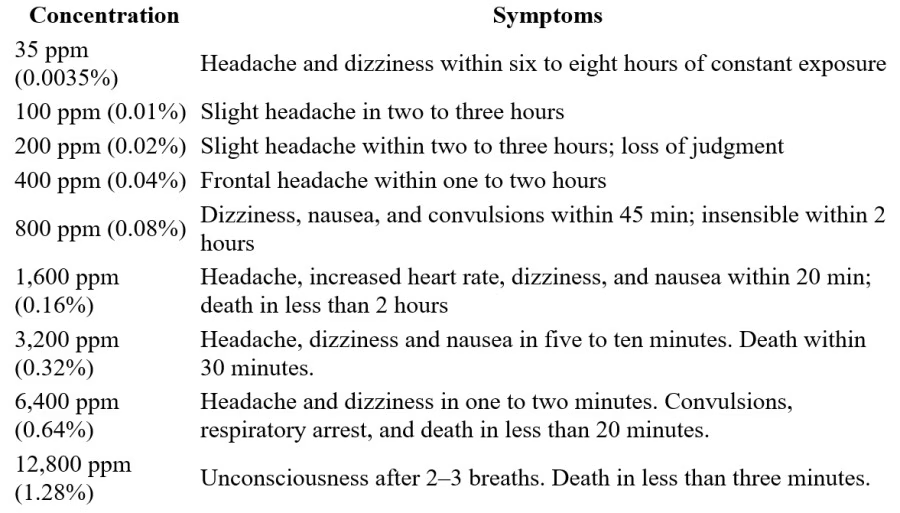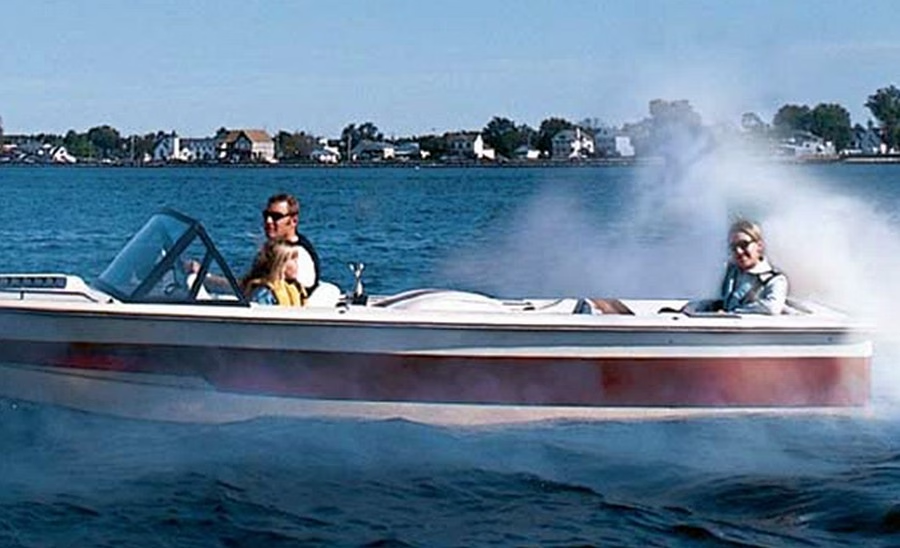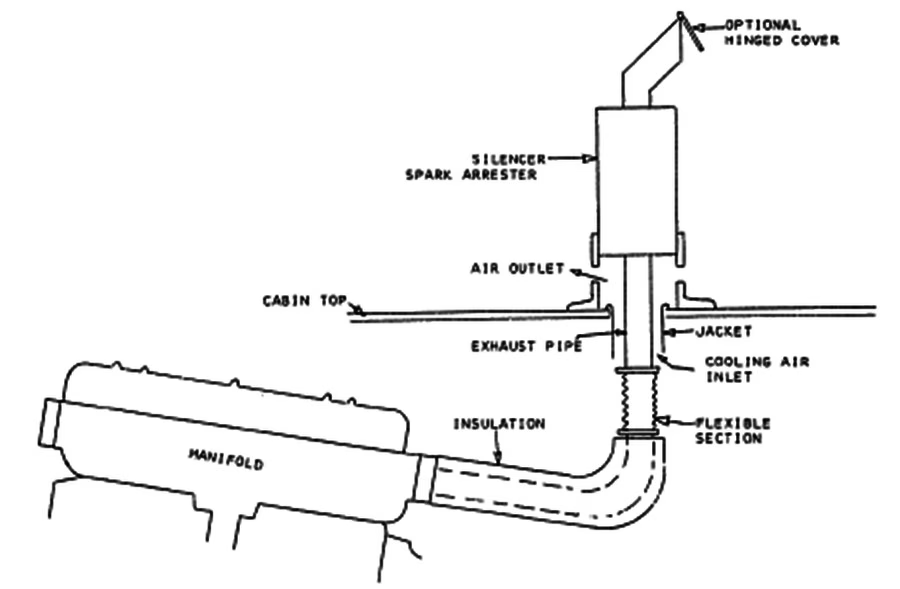
It’s the time of year when you can still get out on the water, but you have to take extra precautions so that you are not overcome by carbon monoxide poisoning.
Carbon Monoxide Poisoning
Carbon monoxide (CO) poisoning occurs due to breathing excessive amounts of carbon monoxide. There is no such thing as a normal level in the blood stream. The CO molecule readily displaces oxygen molecules on hemoglobin, the oxygen transport molecule found within red blood cells. Each molecule of hemoglobin can carry four molecules of oxygen, and there are thousands of molecules of hemoglobin in each red blood cell. When CO replaces oxygen on hemoglobin, red blood cells cannot distribute oxygen to the tissues and they begin to fail. CO poisoning can either be chronic or it can be acute. Chronic poisoning occurs whenever the amount of CO breathed in is small and oxygen molecules are displaced at a slower rate and over a long period of time. Acute poisoning occurs when the concentration of CO breathed in is high, and death can result very quickly when this happens.

The Base Galveston Flotilla of the US Coast Guard Auxiliary operates out of the US Coast Guard base on Galveston Island. They aid the Coast Guard by providing maritime observation patrols in Galveston Bay; by providing recreational boating vessel safety checks; and by working alongside Coast Guard members in maritime accident investigation, small boat training, providing a safety zone, Aids to Navigation verification, cooking in base and station galleys and aboard cutters, and on the Coast Guard Drone Team.
How Much CO Does it Take
The following chart shows that the effect of CO depends upon the amount of CO concentration in the air. As mentioned earlier, CO poisoning can occur over months of exposure to a light concentration, such as is with the case of a faulty furnace in your home.
Effects of carbon monoxide in relation to the concentration in parts per million in the air:

Carbon Monoxide and Boats
Any boat with an engine can be a source of carbon monoxide. Already this year we have had a couple who were charging their batteries with a gasoline-powered generator on their boat succumb to CO poisoning. Because the weather had turned cool, the couple had lowered the plastic side windshields to protect them from the wind. On average every year 6 boaters die and 31 are injured due to CO poisoning. These figures are based on a ten-year average even after the significant efforts put forth by the boating industry to eliminate CO hazards. The danger not only applies to boat occupants, but includes swimmers in the water near a boat that is producing CO. CO is heavier than air and will float just above the water. An idling engine can produce significant levels of CO around a boat that is stationary when the wind is not moving.

How to Reduce Your Chance of Exposure to CO
There are several recommendations from the Coast Guard for reducing boaters’ chances of being exposed to CO, and of course having a CO detector aboard is essential if you have an enclosed area where CO could accumulate, such as a cabin or a toilet.
- Inboard engines are now equipped with catalyst technology that greatly reduces the amount of CO flowing out of the exhaust system. Boats that are being re-engined should have the old gasoline engines replaced with catalyzed engines.
- Gasoline or propane generators that are installed on boats should be low or no CO engines.
- Houseboats should have low or no CO generators installed and should have a dewatered vertical stack exhaust system installed as shown in the American Boating and Yacht Council Standard P-1.
- All boats with enclosed accommodation should have marine rated CO detectors installed.

Summary
Carbon monoxide is a clear, odorless gas that has killed a great many people over the years. Studies show that the number of average deaths per year remain constant, even though great efforts have been made to reduce CO exposure. As a boater you should always remain aware of the possibility that CO is being produced by your gasoline engine, electric generator, propane stove, or any auxiliary engine aboard your boat, and you should make every effort to reduce that CO production and equip your boat with a marine CO detector if it has any enclosed spaces such as a cabin, galley, or toilet.





J. Lee Austin
January 14, 2025 at 11:16 amGood stuff Bob. As always, your words are surely saving more lives than you can possibly know. As a fellow former hospital lab director, I can attest to your clinical acumen and it’s application to boating safety. Bravissimo!
~~ j ~~